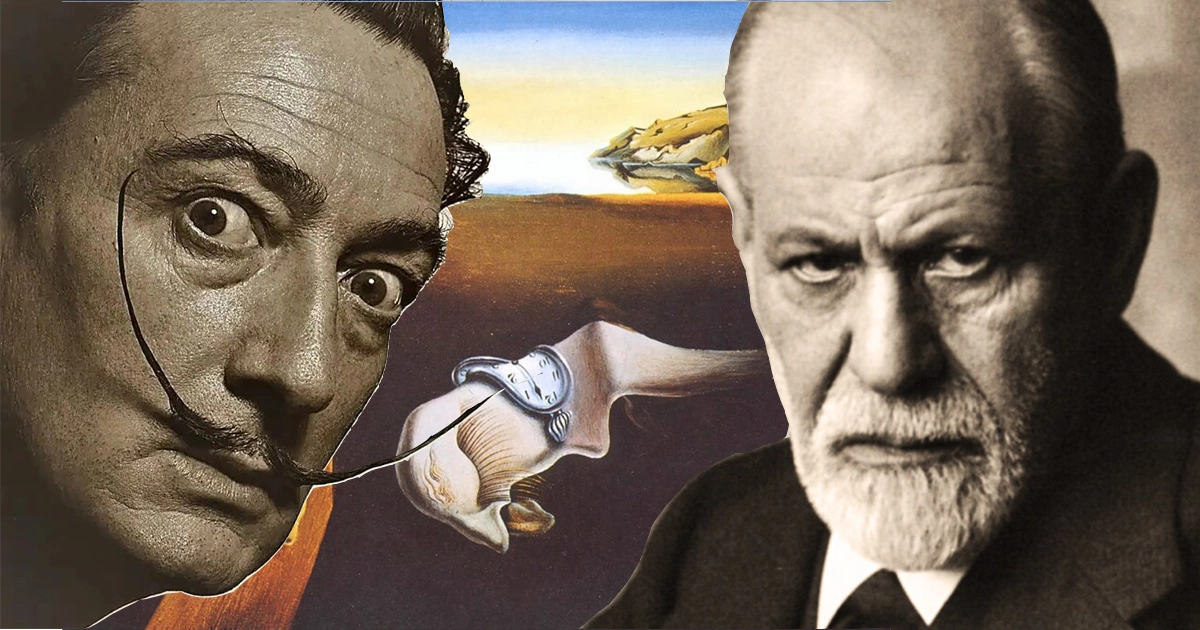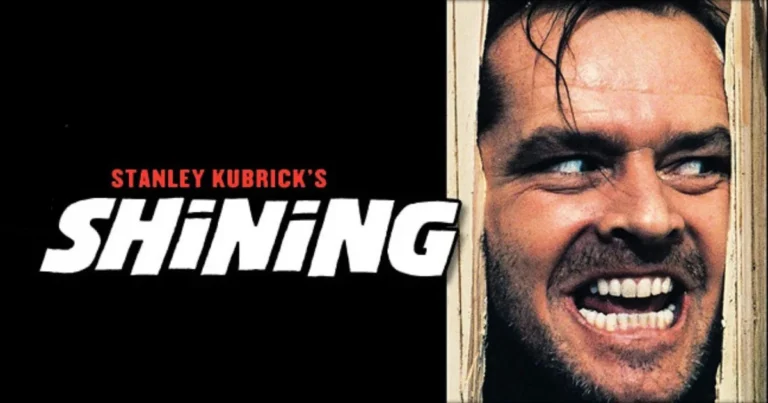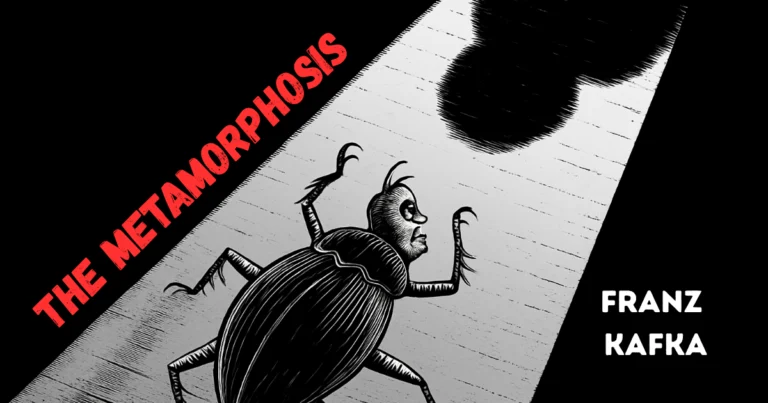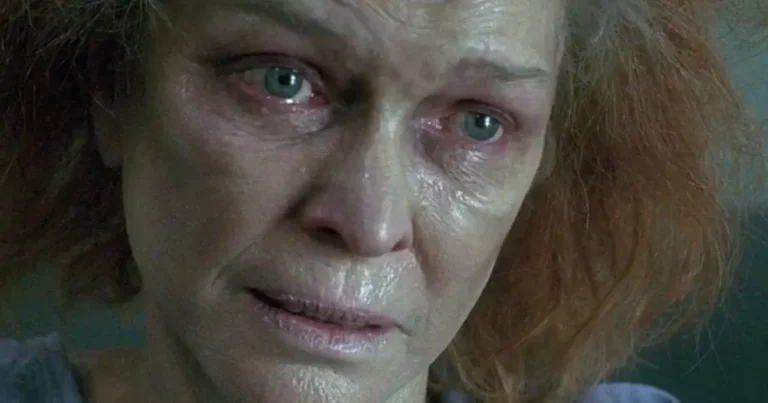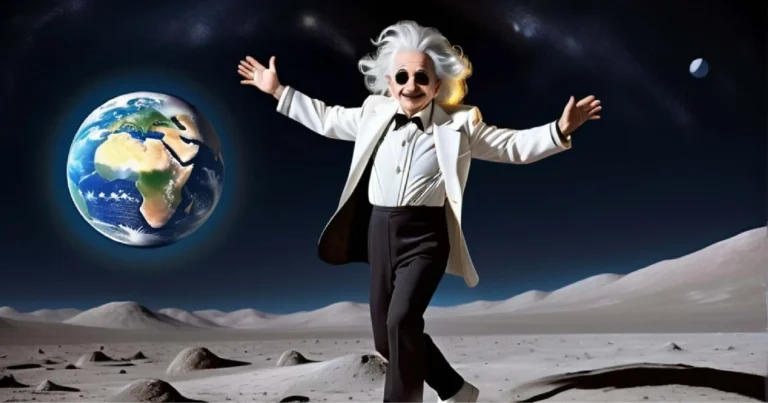Surrealism and the Unconscious: when art delves into the depths of the mind
What if the hypnotic works of Salvador Dalí or the dreamlike paintings of René Magritte were merely the tip of the iceberg of our unconscious mind? In the early 20th century, the Surrealist movement revolutionized art by delving into the depths of the human psyche, drawing direct inspiration from the theories of Sigmund Freud, the father of psychoanalysis. But how did Freud, a Viennese physician, come to influence artists like Dalí, Magritte, and André Breton? And how did Surrealism transform our understanding of both art and the mind?
This article explores the fascinating connections between Surrealism and Freud. We will examine how Freudian concepts such as the unconscious, dreams, and free association inspired groundbreaking artistic techniques, including automatic writing and exquisite corpses. We will also analyze iconic works by Dalí, Magritte, and Ernst while exploring the legacy of this movement in modern culture, from the films of David Lynch to contemporary art. Ready to explore the boundaries between art and the unconscious? Let’s embark on this journey together.
Freud’s iceberg theory and its impact on art
At the turn of the 20th century, Sigmund Freud, an Austrian physician and neurologist, revolutionized our understanding of the human mind with his theory of the unconscious. He likened the psyche to an iceberg floating on the ocean: the visible part, consciousness, represents only a small fraction of what lies beneath the surface. The unconscious, on the other hand, is a reservoir of repressed desires, forgotten memories, and deep-seated impulses that shape our thoughts, emotions, and behaviors without our awareness.
One of Freud’s most groundbreaking discoveries was the role of dreams as the “royal road” to the unconscious. In his seminal work The Interpretation of Dreams (1899), he argued that dreams serve as symbolic expressions of our desires and inner conflicts. According to Freud, deciphering these symbols allows us to better understand our hidden motivations and even heal psychological suffering.
Another key method of Freudian psychoanalysis is free association, a technique in which patients verbalize their thoughts spontaneously, without censorship or judgment, to reveal repressed emotions or memories. For Surrealist artists, this method became a major source of inspiration and the foundation of their creative process, particularly in automatic writing.
Freud’s theories opened a new window into the human mind, unveiling a complex and enigmatic inner world. These revolutionary ideas quickly captivated artists eager to push the boundaries of creativity and rational thought.
Surrealism: The artistic manifestation of the unconscious mind
Emerging in the 1920s, Surrealism was more than just an artistic movement, it was a cultural revolution aimed at liberating the mind from the constraints of reason and logic. Inspired by Freud’s theories, Surrealists saw the unconscious as an inexhaustible source of creativity and truth.
André Breton, a French poet and writer born in 1896, became the leading figure of the movement. In 1924, he published the Surrealist Manifesto, a foundational text that defined the movement’s principles and ambitions. Breton viewed Surrealism as a way to free human thought from the limitations of logic by tapping into the creative forces of the unconscious. Fascinated by Freud’s theories, he encouraged artists to draw from their dreams, desires, and impulses to create groundbreaking works.
In his manifesto, Breton wrote: “Surrealism is based on the belief in the superior reality of certain neglected forms of association, in the omnipotence of dreams, and in the disinterested play of thought.” He and his contemporaries embraced Freudian concepts to create works that defied conventions and invited audiences into the unknown.
Some of the most emblematic Surrealist techniques include:
- Automatic writing: A method in which words are written spontaneously, without conscious thought, to bypass rational censorship and reveal the deep workings of the unconscious.
- Exquisite corpse: A collaborative game invented by the Surrealists in the 1920s, where each participant contributes to a drawing or phrase without seeing the previous addition. The final result, often absurd and poetic, embodies the Surrealist spirit by liberating creativity from conscious control.
- Dream exploration: Inspired by Freudian dream analysis, Surrealist artists created surreal worlds filled with strange, symbolic imagery. Salvador Dalí and Max Ernst, for example, transformed their dreams into hypnotic paintings where time, space, and logic seemed to dissolve.
Ultimately, Surrealism invites us to explore the boundaries of the mind, embrace imagination, and accept strangeness as an essential part of the human experience. Thanks to Freud, Surrealists discovered new ways of seeing and creating, sparking an unprecedented artistic revolution.
From theory to masterpiece: How Freud’s ideas shaped surrealist art
Dalí, Magritte, Ernst: Works Imbued with Psychoanalysis
Surrealism gave rise to visionary artists who transformed Freud’s theories into captivating and enigmatic imagery. Among them, Salvador Dalí, René Magritte, and Max Ernst delved into the depths of the unconscious to create iconic works.
Salvador Dalí is arguably the most famous Surrealist artist, and his work is deeply rooted in Freudian concepts. In The Persistence of Memory (1931), Dalí explores themes of time, memory, and dreams. The melting clocks, a defining feature of the painting, symbolize the fluidity of time and the fragility of reality, both central ideas in Freudian thought. Dalí even met Freud in 1938 and greatly admired his ability to decode dream symbolism. His paintings, filled with strange and symbolic elements, serve as windows into the unconscious.
René Magritte, on the other hand, played with representation and language, themes that resonate with Freud’s theories on symbols and the unconscious. The Treachery of Images (1929), featuring a painted pipe with the caption “This is not a pipe,” challenges perception and the relationship between objects and their meanings. His works, often characterized by decontextualized objects and surprising juxtapositions, encourage viewers to explore the limits of rational thought.
Max Ernst distinguished himself through innovative techniques such as frottage and grattage, which allowed unconscious forms to emerge spontaneously. His works, like The Elephant Celebes (1921) and Forest and Dove (1927), reflect a fascination with dreams, mythology, and deep psychological drives. By embracing automatic creative processes, he demonstrated the power of the unconscious in artistic creation.
Each of these artists, in their own way, transformed Freud’s ideas into visual masterpieces that continue to captivate and inspire. Their legacy highlights the profound alliance between psychoanalysis and creativity, an alliance that redefined the boundaries of modern art.
A timeless influence: Surrealism and freud in film, art, and beyond
More than a century after their emergence, both Surrealism and Freud’s theories continue to shape modern culture across cinema, literature, contemporary art, and even advertising.
In cinema, directors like David Lynch (Mulholland Drive, Twin Peaks) and Alejandro Jodorowsky (El Topo, The Holy Mountain) incorporate Surrealist aesthetics to explore the labyrinths of the unconscious. Their films, filled with dreamlike symbols and nonlinear narratives, invite viewers to interpret imagery much like one would analyze a dream. Lynch, in particular, is often compared to Dalí for his embrace of the bizarre and the absurd.
Contemporary art also carries the Surrealist legacy. Artists like Banksy and Yayoi Kusama challenge conventional perceptions of reality. Banksy’s enigmatic street art employs absurdity to provoke reflection, while Kusama’s Infinity Rooms immerse audiences in hypnotic environments reminiscent of the boundlessness of the unconscious.
Even advertising borrows Surrealist techniques to captivate audiences. Iconic campaigns use surreal imagery and symbolism to evoke deep emotions and unconscious desires, drawing directly from Freud’s theories on impulses and hidden meanings.
Ultimately, the legacy of Surrealism and Freud is all around us. Whether in film, art, or even a commercial, their influence invites us to explore the unconscious and question our perception of reality. As André Breton once wrote: “Surrealism is the radiance of a liberated mind.” And that liberation, it seems, has no end.
References
Freud, S. (1967). he Interpretation of Dreams. Standard Edition of the Complete Psychological Works of Sigmund Freud, Vol. IV-V. London: Hogarth Press.
Dell’Aria, A. (2017). Yayoi Kusama: Infinity Mirrors.
Breton, A. (2020). Manifesto of Surrealism. Ann Arbor: University of Michigan Press.
Dalí, S. (1975). The Persistence of Memory. Museum of Modern Art, New York.
Magritte, R. (1929). The Treachery of Images (This is Not a Pipe). Los Angeles County Museum of Art.
Lynch, D., Badalamenti, A., & Sweeney, M. (2002). Mulholland drive. Concorde Home Entertainment.
Applin, J. (2012). Yayoi Kusama: Infinity mirror room-Phalli’s field. MIT Press.

Amine Lahhab
Television Director
Master’s Degree in Directing, École Supérieure de l’Audiovisuel (ESAV), University of Toulouse
Bachelor’s Degree in History, Hassan II University, Casablanca
DEUG in Philosophy, Hassan II University, Casablanca

